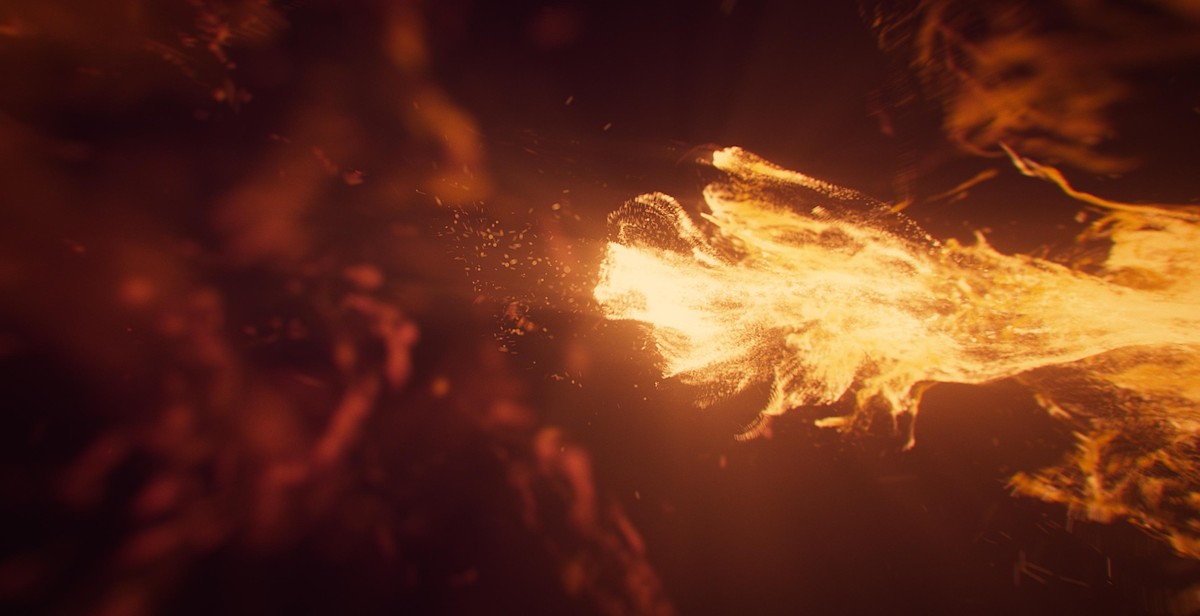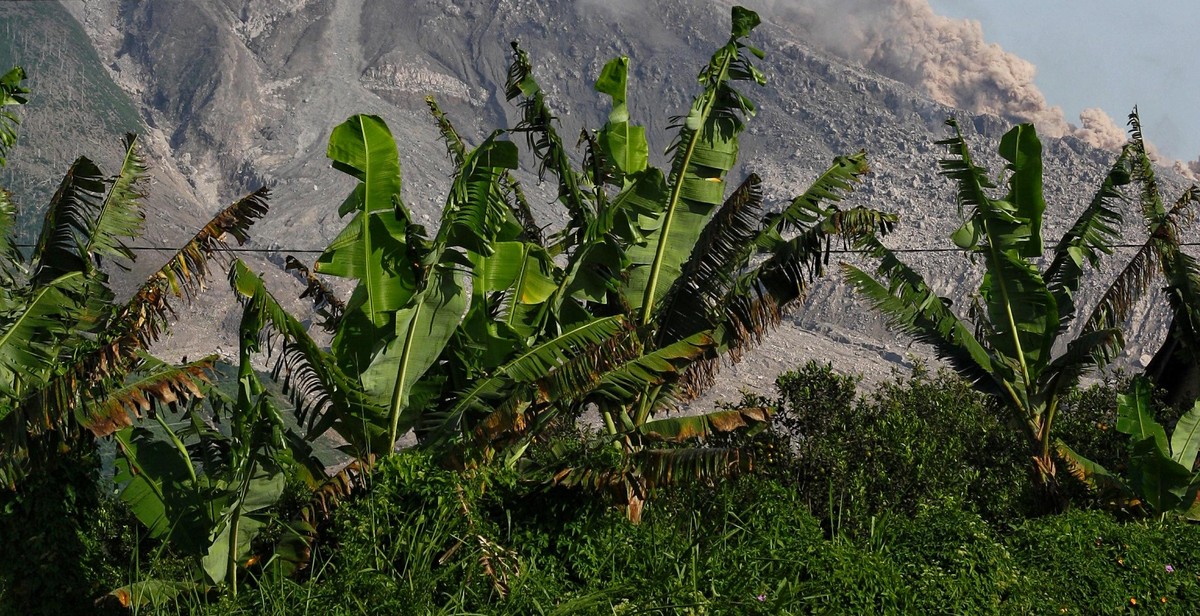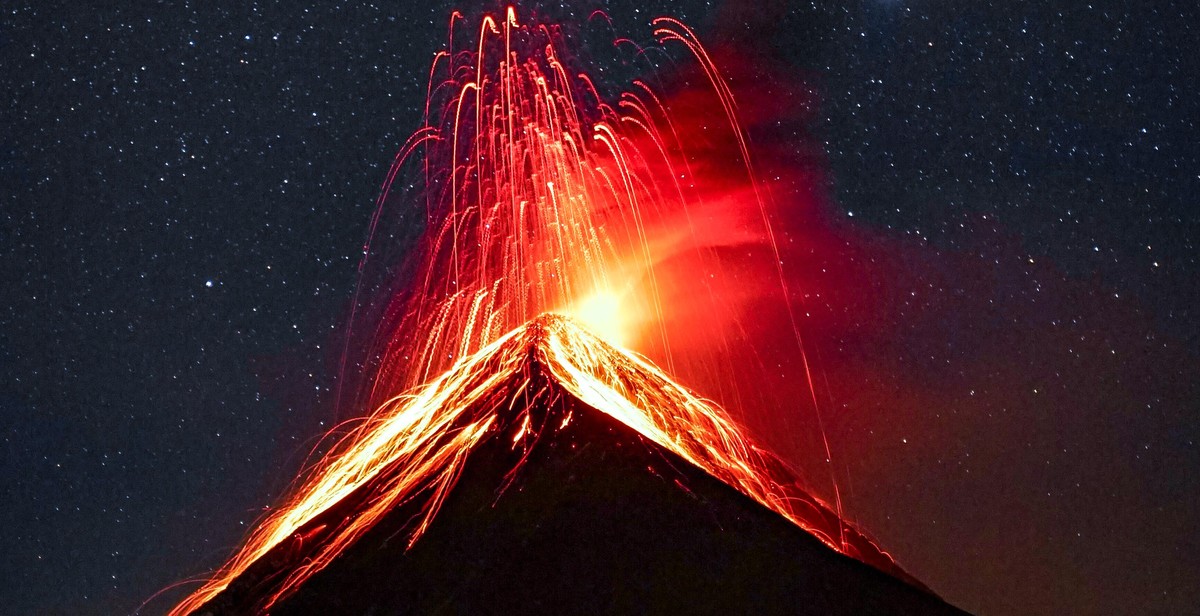How to Prepare for a Volcano Eruption: Safety Measures and Emergency Preparedness
Volcano eruptions are natural disasters that can have devastating effects on people and the environment. They can cause loss of life, property damage, and disruption of essential services such as water and power supply. Therefore, it is crucial to prepare for a volcano eruption to minimize the impact and ensure the safety of yourself and your loved ones.
Why is it important to prepare for a volcano eruption?
Volcano eruptions can occur suddenly and without warning, leaving little time to react. Preparing in advance can help you stay calm and make informed decisions during an emergency. It can also help you avoid panic-buying and rush to stock up on essential supplies, which can lead to shortages and price gouging.
Preparing for a volcano eruption involves understanding the risks and taking steps to mitigate them. This includes creating an emergency plan, stocking up on essential supplies, and staying informed about the latest developments. It is also essential to know when to evacuate and how to do it safely.
In this article, we will provide practical tips on how to prepare for a volcano eruption, including safety measures and emergency preparedness. We will also share our personal experiences and insights to help you better understand the risks and challenges of dealing with a volcano eruption.

Understanding Volcanoes
Volcanoes are natural phenomena that can be both awe-inspiring and dangerous. They are created when magma, which is molten rock, rises from the mantle and accumulates beneath the Earth’s surface. When the pressure becomes too great, the magma is forced up through a vent or fissure in the Earth’s crust, resulting in a volcanic eruption.
What causes a volcano to erupt?
A volcano can erupt due to various factors, including tectonic activity, hotspots, and magma chamber pressure. Tectonic activity occurs when the Earth’s plates move, causing a buildup of pressure in the magma chamber. Hotspots are areas of the Earth’s mantle where magma is closer to the surface, and pressure can cause an eruption. Magma chamber pressure occurs when the magma chamber beneath the volcano becomes too full, causing the volcano to erupt.
Types of volcanoes
There are three main types of volcanoes: shield, cinder cone, and composite. Shield volcanoes are broad and gently sloping, with eruptions that are generally non-explosive and characterized by lava flows. Cinder cone volcanoes are steep and conical, with eruptions that are explosive and characterized by ash and cinder. Composite volcanoes are large and steep, with eruptions that can be both explosive and effusive, characterized by ash, lava flows, and pyroclastic flows.
Volcano warning signs
There are several warning signs that a volcano may be about to erupt, including earthquakes, ground deformation, gas emissions, and changes in temperature and water chemistry. Monitoring these warning signs can help scientists predict when a volcano may erupt.
How to monitor a volcano
Volcanoes are monitored using a variety of methods, including seismometers, GPS, gas sensors, and satellite imagery. These tools allow scientists to track changes in the volcano’s activity and better predict when an eruption may occur.
Volcano evacuation zones
Volcanic eruptions can be extremely dangerous, and it’s important to know which areas are at risk. Evacuation zones are established based on the volcano’s past activity and the potential hazards associated with an eruption. It’s crucial to follow evacuation orders and leave the area as soon as possible if instructed to do so.
How to stay informed during a volcano eruption
During a volcano eruption, it’s important to stay informed about the latest updates and warnings. Local authorities will provide information on evacuation orders, shelter locations, and other safety measures. It’s also important to monitor local news and weather reports and to have a plan in place for emergency communication with family and friends.
| Key Points |
|---|
| Volcanoes are created when magma rises from the mantle and accumulates beneath the Earth’s surface. |
| A volcano can erupt due to various factors, including tectonic activity, hotspots, and magma chamber pressure. |
| There are three main types of volcanoes: shield, cinder cone, and composite. |
| Volcano warning signs include earthquakes, ground deformation, gas emissions, and changes in temperature and water chemistry. |
| Volcanoes are monitored using a variety of methods, including seismometers, GPS, gas sensors, and satellite imagery. |
| Evacuation zones are established based on the volcano’s past activity and potential hazards associated with an eruption. |
| During a volcano eruption, it’s important to stay informed about the latest updates and warnings. |

Preparing for a Volcano Eruption
Living near an active volcano can be a thrilling experience, but it also comes with potential dangers. A volcanic eruption can happen at any time, and it is essential to be prepared for it. Here are some safety measures and emergency preparedness tips to help you prepare for a volcano eruption:
Create an Emergency Plan
The first step in preparing for a volcanic eruption is to create an emergency plan. Discuss with your family members and come up with a plan that everyone understands. Make sure to include the following:
- Evacuation routes and multiple meeting points
- Emergency contact information
- Instructions on how to shut off gas, water, and electricity
- Instructions on how to use fire extinguishers and other emergency equipment
Build an Emergency Kit
Another important step in preparing for a volcanic eruption is to build an emergency kit. Your kit should contain enough supplies to last for at least three days. Here are some essential items to include:
- Water (one gallon per person per day)
- Non-perishable food
- Flashlights and extra batteries
- First aid kit
- Personal hygiene items
- Cash and important documents (IDs, passports, etc.)
Protecting Your Home from Ashfall
During a volcanic eruption, ashfall can be a significant problem. Here are some tips to protect your home from ashfall:
- Close all windows and doors to prevent ash from entering your home
- Cover any outdoor equipment and furniture to protect them from ash
- Place damp towels at the bottom of doors and windows to prevent ash from entering
- Use respiratory protection (such as masks) if you need to go outside
Preparing for Evacuation
If authorities instruct you to evacuate, it is crucial to do so immediately. Here are some tips to prepare for evacuation:
- Follow the instructions of local authorities
- Wear protective clothing and equipment
- Take your emergency kit with you
- Turn off gas, water, and electricity before leaving
- Lock your home and take your pets with you (if possible)
| Stay informed: | Listen to the news and follow updates from local authorities. |
| Stay calm: | Don’t panic and follow your emergency plan. |
| Stay safe: | Take necessary precautions to protect yourself and your family. |

During a Volcano Eruption
During a volcano eruption, it is crucial to stay informed and follow safety guidelines. If you are caught in an ashfall, take immediate action to protect yourself and your family.
What to do if you are caught in an ashfall
If you are caught in an ashfall, seek shelter immediately. Go inside a building and close all windows and doors to prevent ash from entering. If you are driving, pull over to the side of the road and turn off your engine. Stay inside the car until the ashfall subsides.
If you are outside and cannot find shelter, cover your nose and mouth with a cloth or mask to avoid inhaling ash particles. Keep your eyes closed to prevent irritation and damage from ash. If you wear contact lenses, remove them immediately.
How to protect yourself from ashfall
Ashfall can be harmful to your health, especially if you have respiratory problems. To protect yourself from ashfall, wear a dust mask or a cloth over your nose and mouth. Wear long-sleeved shirts and pants to cover your skin. Use goggles or glasses to protect your eyes from ash particles.
Keep your pets indoors and cover any outdoor water sources to prevent contamination from ash. Remove ash from roofs and gutters to prevent collapse and water damage.
Evacuation procedures
If authorities issue an evacuation order, follow it immediately. Gather your emergency kit and important documents and leave the area as quickly as possible. If you need assistance, call your local emergency services.
Follow the designated evacuation routes and do not try to take shortcuts. Stay informed through local radio or television broadcasts and social media updates.
If you are unable to evacuate, seek shelter in a designated safe zone or emergency shelter. Stay inside until authorities declare the area safe.
| What to do during a volcano eruption: |
|---|
| Stay informed and follow safety guidelines |
| Seek shelter immediately if caught in an ashfall |
| Wear protective clothing and gear to avoid health risks |
| Evacuate if instructed by authorities |
Conclusion
Volcano eruptions can be devastating and life-threatening, but with proper preparation and safety measures, you can minimize the risks and stay safe. Remember to stay informed about the latest updates on the volcano activity and follow the instructions given by the authorities.
In summary, here are the key steps to prepare for a volcano eruption:
- Create an emergency plan and communicate it with your family members.
- Prepare an emergency kit with essential supplies.
- Protect your home from ashfall and other hazards.
- Stay informed about the latest updates and follow the instructions given by the authorities.
Remember, the key to staying safe during a volcano eruption is to be prepared and stay calm. By following these safety measures and emergency preparedness tips, you can protect yourself and your loved ones from the dangers of a volcanic eruption.
 |
About the Author: John Smith is a geologist with over 20 years of experience in studying volcanoes and natural disasters. He has worked with various organizations to develop emergency preparedness plans and safety measures for communities living near active volcanoes. |
